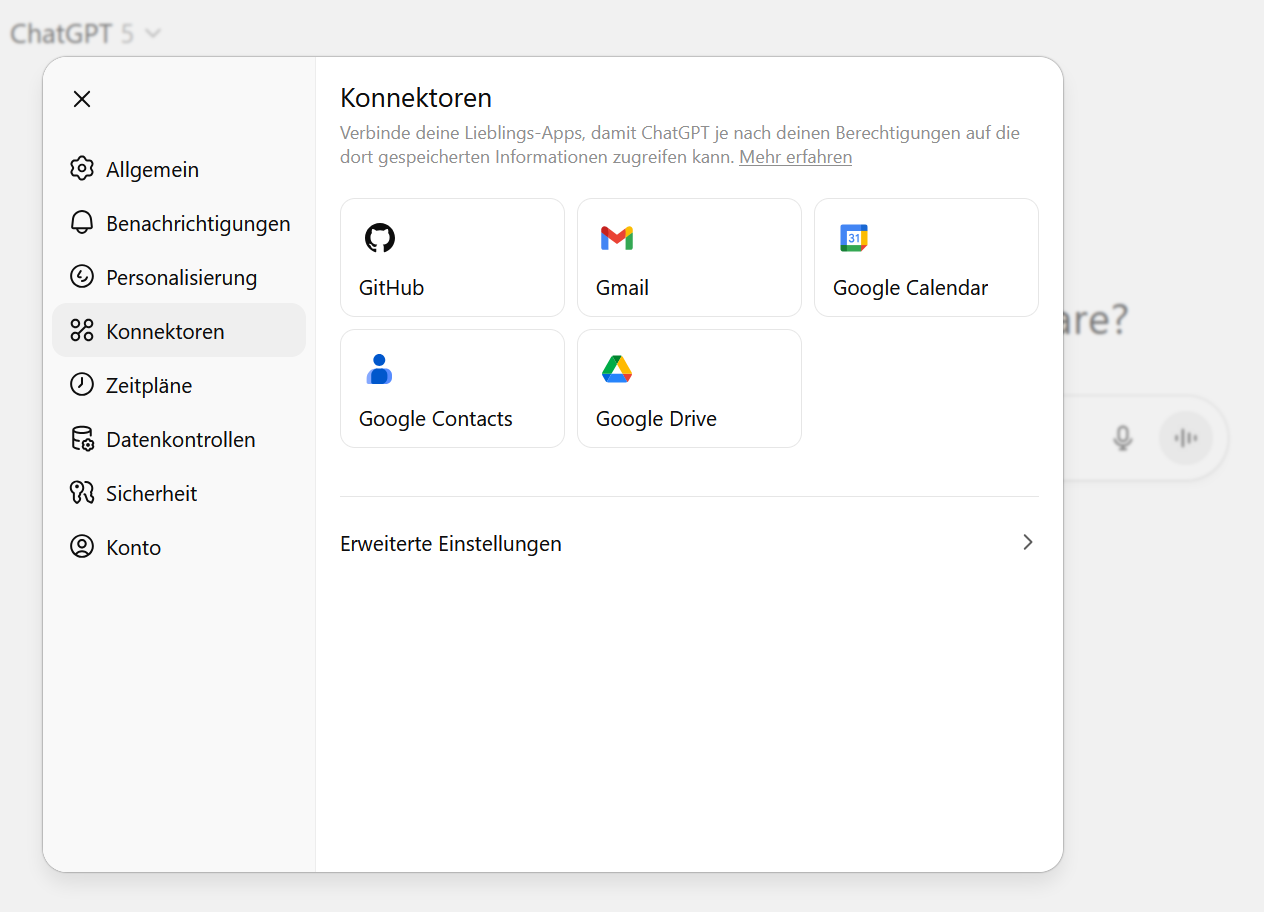Olav Lenz
19.09.2025
Agent Relationship Management: From Customer to AI Dialogue – How AI Assistants are radically changing communication
.png)

AI assistants are continuously gaining autonomy: They are taking on increasingly complex tasks, making independent decisions, interacting with other services, filtering content in such a way that only what is truly relevant reaches the end customer – Lena. This makes AI assistants a new target group for companies that must be actively supported as independent recipients and provided with relevant, clearly structured information. Those who master agent relationship management (ARM) – for example via the appropriate BSI element –, not only directly reach Lena, but also secure the recommendation of her digital “butler” and thus a decisive competitive advantage.
AI assistants as new gatekeepers
Around 60 percent of Swiss people are now using AI in their everyday life for simple tasks, such as text creation or knowledge queries (IGEM-Digimonitor). All experts agree that in the coming months the use of AI assistants will also multiply, seeing as the potential for the automation of complex tasks is enormous. This is also underlined by a current Bitkom study, according to which 40 percent of Germans would also like to use AI for more complex tasks, such as adjusting all their policies after a move or analyzing contract documents.
Today, personalized AI assistants can be set up in a matter of minutes. They then filter, sort and decide what information reaches Lena, the end customer of a company, and can perform complex tasks for her. For example, an AI assistant can compile her vacation trip or automatically suggest her favorite restaurant for her wedding anniversary. In the future, AI assistants will be able to take on even more complex tasks, such as reviewing Lena’s insurance contracts and clarifying whether a claim is covered.
With the growing private and professional use of AI assistants, the internet will also change: Digital infrastructures are increasingly being designed in such a way that they can be understood by both humans and machines. Companies need to set up their own communication channels for AI assistants, as these are increasingly acting as gatekeepers and multipliers. Companies should provide targeted supports for AI assistants and consistently prepare information in an AI-friendly way – i.e., structured in such a way that AI assistants can make optimal use of it in their workflows and access it via interfaces.
This way, Lena receives exactly the information from the company that is truly relevant to her from the digital “butler”. Based on the preferences stored in her profile, the assistant can act in a targeted manner and make suitable recommendations. For example, it suggests a red hat made of organic merino wool instead of a blue cotton hat, or sports shoes in a smaller size with an optimal fit – because these are best suited to Lena and her previous preferences.
AI assistants as a new target group
AI assistants are therefore a new and important target group for service, sales and marketing teams. They are changing the way customers use existing channels and, in some cases, replacing them entirely. In a world with a thousand options, the quality of the first impression is crucial – or Lena will switch to the competition in seconds. When Lena or her AI assistant needs help, speed and competence are what count most. The challenge lies in presenting the right offer at the right moment, based on a genuine understanding of the customer. The teams are faced with the task of developing a clear strategy for ARM, or managing relationships with AI assistants (business to agent, B2A), and continuously optimizing this strategy for their work.


In order to ensure that Lena’s AI assistant – and thus Lena herself – receives targeted and personalized support, marketing teams within the ARM must establish initial contact to Lena’s personal assistant and continuously provide it with relevant, personalized content. After successful onboarding, the AI assistant takes over standard processes, such as change of address or service requests, which Lena previously handled herself in the self-service portal or with the help of service teams. By connecting to her bank, Lena’s AI assistant could even adjust standing orders for her in the future or clearly present fee information, which would noticeably reduce the workload for service teams. The ARM also opens up new opportunities for sales teams: Offers can be calculated directly in coordination with the AI assistant and prepared for digital signature with inSign – for example, for a new loan agreement. In compliance with the rules of the EU AI Act, a human being is always involved in these cases as the final approval authority.
Every feedback collected in the process is fed back into the system so that marketing, sales and service can communicate even precisely and effectively with the AI assistant – and thus with Lena herself – in the next step.
Implementing a successful ARM is not rocket science and can be achieved in just a few steps. With the BSI Customer Suite and the “ARM” element, this new target group can be intelligently approached via the existing CRM and CX system. Companies that now act early will secure a decisive advantage and be among the frontrunners right from the start, before ARM becomes mainstream.
.png)
.png)
Success strategy for ARM
Companies that are new to ARM should start by taking stock and analyzing: What questions and tasks does Lena actually give her AI assistant? How can the AI assistant access the relevant information from Lena to map these use cases? Where do I need to make adjustments in order for the information to be delivered to the AI assistant exactly the way it and Lena needs it? The goal is for the communication between Lena’s AI assistant and the company to be as simple and secure as possible – from contract and product information to ordering processes and administrative tasks such as change of address.
Therefore, questions such as how data quality, consistency and timeliness can be continuously ensured are equally crucial. Safety and compliance issues also need to be considered right from the outset, i.e., data protection requirements such as the GDPR or the EU AI Act must be observed, and transparent processes are also essential for AI assistants. To this end, companies should clearly define access rights and implement safety mechanisms such as encryption and role and authority concepts. A personalized AI assistant is only given access to specific, individually defined data of an end customer, ensuring that sensitive information remains protected.
Ready for the age of B2A with ARM
Once these questions are answered, companies can start into the age of B2A well prepared and quickly lay the foundations for identifying, categorizing and responding to the increasing number of incoming emails or chat requests from AI assistants directly as such in the future. Service, sales and marketing teams then need to introduce customers to the topic via existing company channels.


As soon as Lena knows about this option, it should be made as easy as possible for her to connect her personal AI assistant with the company via connectors. Usually, AI assistant onboarding is completed in just a few clicks, and her AI assistant is then linked to the company. It can access the services and relevant information that have been approved for it, such as contract information. Now Lena can communicate with her bank, insurance or retail shop faster, easier and in a more targeted manner – and they can do the same with her.
Outlook
Hardly any company can afford to deliberately neglect the relationship and communication with an important helper in the everyday life of its customers. Companies should therefore prioritize ARM now. The best way to get started is with pilot use cases, the results of which can be continuously optimized and expanded. BSI Software offers the necessary functions in the BSI Customer World as well as experienced experts, so that customers can approach the topic in the right manner. The “ARM” element in the BSI Customer Suite provides high-performance processes for the most important use cases. This enables companies to professionally serve a new target group: AI assistants.
